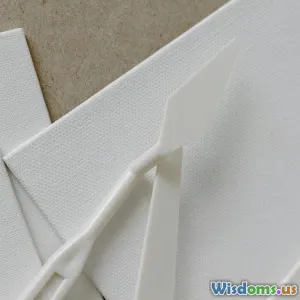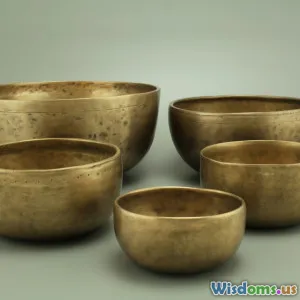
Why Uneven Clay Bowls Are Trending This Year
37 min read Discover why uneven clay bowls dominate 2025 design: wabi-sabi aesthetics, sustainable craftsmanship, social-media buzz, and practical charm - from ramen-ready rims to tactile glazes. (0 Reviews)
There is a quiet revolution happening at the dining table. Smooth, factory-perfect plates are giving way to bowls with soft dips, wavy rims, and a subtly off-center weight that makes you notice the food—and your hands—again. Uneven clay bowls are trending this year not because they are easier to make (they are not), but because they do something polished, uniform ware rarely does: they invite touch, tell a story, and make everyday meals feel intentional. If you have ever cupped a slightly lopsided stoneware bowl and felt its warmth sit differently in your palms, you know the appeal transcends appearance. It is a shift driven by aesthetics, yes, but also by ergonomics, sustainability, and the human desire to connect with process.
The appeal of imperfection: wabi-sabi for the table

The beauty of uneven clay bowls is rooted in an old idea given fresh relevance: wabi-sabi. This Japanese philosophy celebrates impermanence, natural textures, and asymmetry. In a world engineered for algorithmic efficiency and pixel-perfect feeds, wabi-sabi offers relief. You can see it in a rim that subtly rises on one side, a glaze that breaks thin over an edge and pools in the belly, or a thumbprint preserved as a gentle dent along the lip. These details are not defects; they are the visual record of making.
Why this resonates now:
- Visual fatigue from mass uniformity: Kitchens filled with identical, machine-made tableware can feel anonymous. Uneven bowls puncture that sameness with character.
- Emotional texture: People reach for objects that show evidence of care. A slight wobble announces that a human touched this clay, not just a mold.
- Sensory richness: Uneven rims catch light differently. Coarse grog in a stoneware body adds a tactile grain. These micro-variations make eating more sensorial.
Uneven bowls also fit a wider design turn toward organic modernism—think warm neutral palettes, natural materials, open grain woods, and soft-edge silhouettes. If minimalism used to mean perfectly crisp lines, today it often means rounded corners, matte glazes, and forms with soul.
Why chefs and home cooks prefer uneven bowls
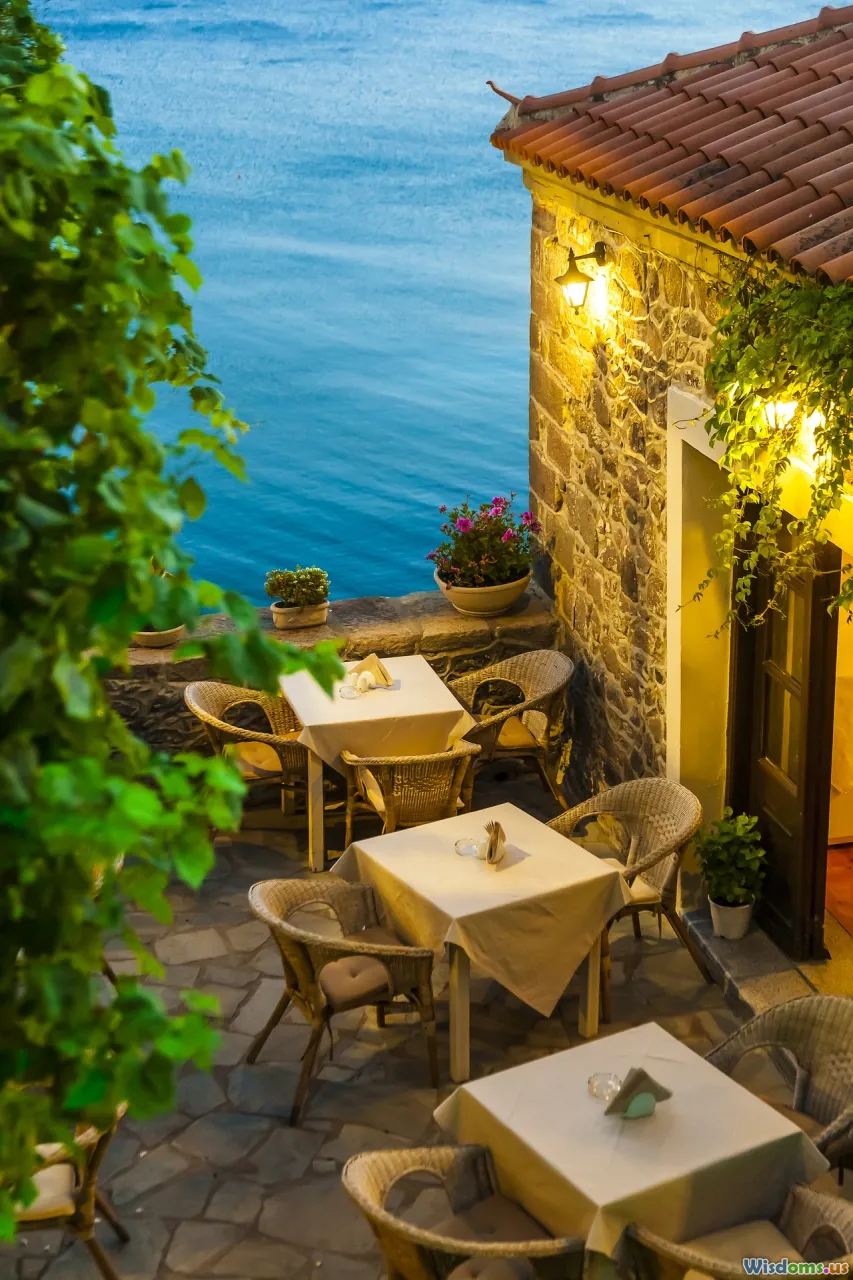
Chefs know a well-designed vessel doesn’t just hold food; it frames it. Uneven bowls often have shapes that make plating more dynamic and eating more comfortable.
- Visual framing: A higher side of the rim becomes a backdrop, making colorful ingredients pop. A slightly deeper pocket is perfect for holding broths against a cluster of noodles or roasted vegetables, creating natural contrast.
- Sauce control: Where the bowl’s curve softens at one quadrant, sauces gather and glaze proteins with a richer tone. Glazes tend to deepen where they pool in these dips, subtly echoing the effect with color.
- Grip and ergonomics: A bowl with a thicker wall at one side or a heavier foot ring feels secure in the hand. That asymmetry creates an intuitive ‘handle’ for passing or cradling.
- Heat retention and comfort: Thicker, grogged stoneware retains heat. A thicker rim or uneven wall can shield fingers from hot contents while still radiating pleasant warmth.
Practical examples you’ll notice in use:
- Ramen: An uneven bowl with a tilt helps present toppings at the high side while keeping broth dense at the low side for slurping. Nori stays crisp a little longer perched above the broth line.
- Pasta: A shallow, wide bowl with one higher rim encourages a nest of tagliatelle against the back, keeping sauce glossy in the well.
- Salads: Uneven walls corral slippery ingredients—halved tomatoes, marinated olives—so they don’t escape under the fork.
- Desserts: Ice cream or panna cotta in a dimpled bowl pools its melting edges in one spot rather than running flat, creating a pleasing spoon path.
For home cooks, the benefits extend to the table. Uneven bowls signal a relaxed, welcoming mood. Guests pick them up, ask about them, turn them over to see the maker’s mark. The pieces become conversation starters and memory anchors.
Materials and methods behind the look

The visible irregularities in a good uneven bowl are deliberate, not sloppy. Makers use specific clay bodies and techniques to build form and texture.
Common clay bodies for uneven bowls:
- Stoneware: Durable and forgiving. Often fired to cone 6–10 (roughly 1200–1300°C), stoneware vitrifies enough to be strong and nonporous while retaining a warm, earthy look. Grog (pre-fired clay particles) can be added for texture and stability.
- Porcelain: Fine and bright, beautiful with thin, translucent rims. Its strength when fired can be high, but it is trickier to work unevenly because warping is more pronounced with thin walls.
- Earthenware: Fired at lower temperatures (around 1000–1150°C). It remains slightly more porous unless sealed with a robust glaze. Uneven earthenware bowls can feel rustic but may chip more easily.
Techniques that create uneven form:
- Pinch building: Starting from a ball of clay, the potter pinches outward to form a bowl. Natural finger rhythms create gentle undulations.
- Coil building: Stacked coils are blended into walls. The joins can be left faintly visible for intentional texture.
- Off-center throwing: On the wheel, potters may not perfectly center the clay or will intentionally compress one side more than the other, creating a soft lift.
- Altered wheel-thrown forms: After throwing a symmetrical bowl, the maker pushes, paddles, or darts the form at leather-hard stage to reshape the rim and profile.
- Uneven trimming: Carving the foot ring with slight variation changes the bowl’s stance and weight distribution, adding personality.
Glaze choices amplify the look:
- Shino, celadon, and ash glazes break over edges, highlighting undulation. A thick pour that thins at the rim reveals clay peaks and valleys.
- Satin-matte whites or egg-shell glazes emphasize shadow depth on uneven surfaces.
- Iron-rich clay bodies provide warm brown speckling that shows through semi-transparent glazes, especially where the glaze thins on a high spot.
Technical detail that matters: controlling drying. Uneven bowls, by definition, have uneven wall thickness, which can crack or warp if they dry too quickly. Makers slow the process by covering bowls loosely with plastic for a day or two, flipping them to even out moisture, and compressing the base to reduce S-cracks.
Design analysis: how asymmetry directs the eye

Asymmetry is a design tool. A bowl that climbs higher on one rim and dips elsewhere creates visual movement. In photography and painting, the rule of thirds guides the eye; in plating, an uneven bowl provides a built-in compositional slope.
Consider these design dynamics:
- Gravity and gaze: The low side draws food and sauce—and your attention—downward. The high side gives a canvas-like backdrop for height, like a tuft of herbs or a crisp.
- Light behavior: Glaze on an uneven curve has varied sheen. The high rim catches light; the low well reflects it softly. Food looks more dimensional.
- Negative space: Asymmetry creates pockets of emptiness that make plated components read as intentional rather than crowded.
- Rhythm: A subtly wavy rim creates a beat around the bowl’s circumference. It invites your eye to travel, enhancing perceived craftsmanship.
An uneven bowl turns even simple dishes—say, white rice and sautéed greens—into composed scenes. The bowl becomes part of the plating vocabulary, not just a container.
Real-world use cases and examples

Where uneven bowls shine:
- Noodle soups and ramen: Deep wells cradle broth while sloped sides display toppings without them drowning. A high rim handles chopstick rest duties gracefully.
- Rice bowls and donburi: A slightly thicker rim is pleasant to touch between bites. The deeper curl in one quadrant nestles pickles or a soft egg without rolling.
- Grain bowls: Hearty lunches benefit from natural partitioning: roasted vegetables toward the high side, grains in the low well, sauce along the bend.
- Tapas and share plates: Uneven small bowls keep olives, almonds, or dips looking abundant without overfilling.
- Desserts: For cobblers and crumbles, a rustic bowl’s undulating edge mirrors the baked topping’s hills, visually echoing the dish’s texture.
Catering teams and food stylists use asymmetrical bowls for shoots because they photograph beautifully. Home cooks use them because they make leftovers feel like a scene rather than a compromise.
Uneven vs. uniform: a practical comparison

Both uneven and uniform bowls have a place. Here is how they differ in daily life:
-
Consistency:
- Uneven: Each piece is unique; sets are harmonious rather than identical. Expect small differences in capacity and footprint.
- Uniform: Identical sizes and perfect stacking make large sets easy to manage.
-
Durability:
- Uneven: Often thicker in some areas; resilience depends on clay body and firing maturity. High-fire stoneware is robust.
- Uniform: Industrial processes produce consistent wall thickness; durability is predictable but depends on material (bone china vs. stoneware).
-
Feel and ergonomics:
- Uneven: Invites grip with thicker spots, thumb shelves, and soft curves. Feels personal.
- Uniform: Sleek and balanced. Good for precise portioning.
-
Aesthetics:
- Uneven: Organic, warm, visually dynamic.
- Uniform: Clean, modern, hotel-grade neatness.
-
Cost:
- Uneven: Usually higher per piece due to labor intensity and yield loss during making and firing.
- Uniform: Economies of scale lower the price per unit.
-
Storage:
- Uneven: Stacks, but not as tightly; paper separators help.
- Uniform: Efficient stacking and storage.
A blended cabinet works well: uniform plates for space-saving and consistency; uneven bowls for the meals where mood and comfort are the point.
The economy of small-batch ceramics
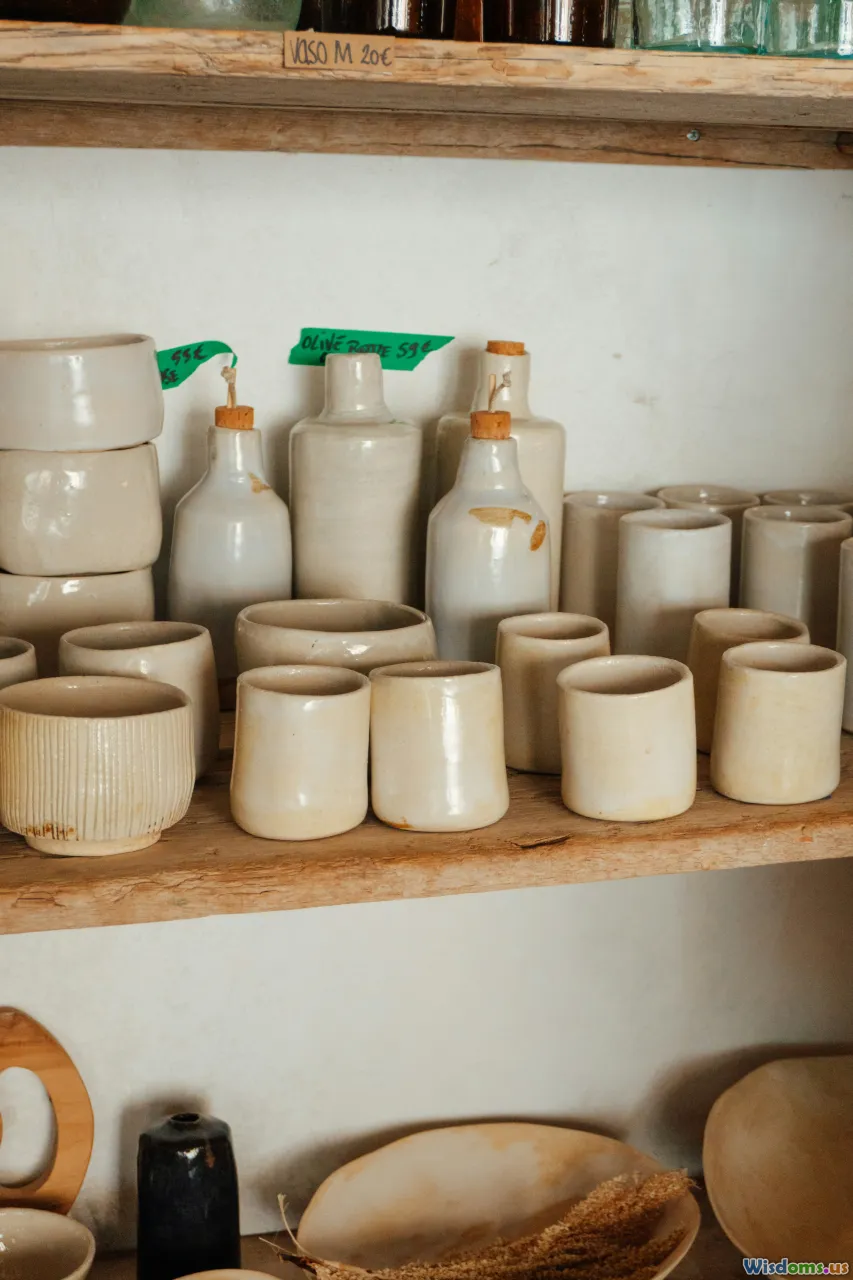
One reason uneven bowls are trending is that more people understand what goes into them. A small-batch potter’s cost structure explains the price tag and builds appreciation.
Where the cost comes from:
- Time: Even a quick pinch bowl involves wedging clay, forming, trimming, drying, bisque firing, glazing, and glaze firing. A single piece can touch the maker’s hands a dozen times.
- Loss rate: Uneven forms are more prone to warping or cracking during drying and firing. Makers factor in a yield rate; not every piece survives.
- Energy: Kilns draw significant power. High firing temperatures create strength but add cost.
- Materials: Quality clay and food-safe glazes cost more, especially studio-mixed or specialty recipes that give beautiful breaks and pools.
- Studio overhead: Space, ventilation, tools, and safety equipment are ongoing investments.
How to evaluate price and quality as a buyer:
- Check the foot: A well-trimmed foot ring with smooth edges and a signature or stamp suggests care.
- Feel the rim: Slightly thicker rims resist chips; sharp rims can be uncomfortable.
- Look for glaze coverage: Food-contact surfaces should be well-glazed and smooth. The exterior may be left bare or lightly burnished for grip.
- Ask about firing: High-fire stoneware (often cone 6 or higher) tends to be more durable for daily use.
Buying from a studio supports a living craft. The cost reflects not just the bowl but the time and knowledge it embodies.
Sustainability and localism
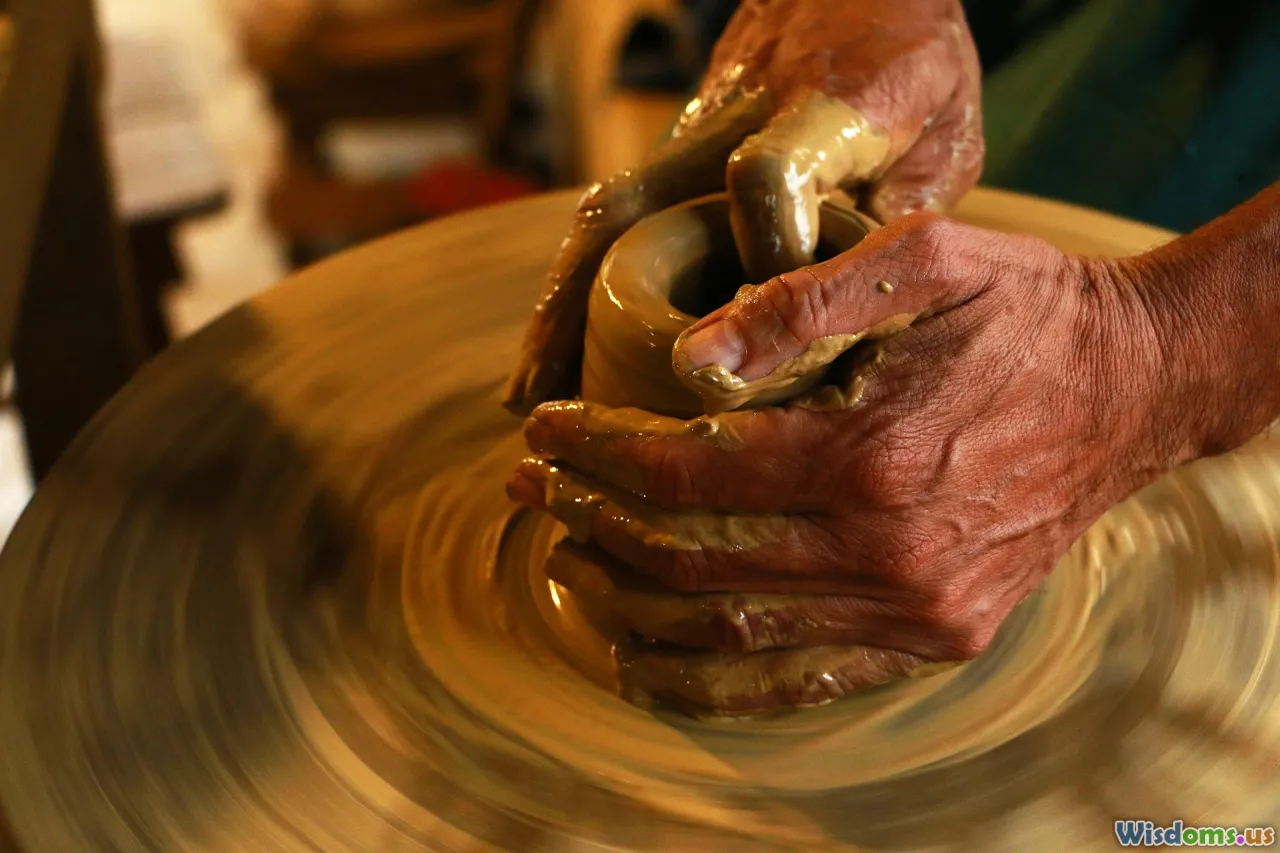
Uneven clay bowls often come from local or regional makers, and that has sustainability benefits.
- Lower transport footprint: Sourcing nearby reduces shipping weight and packaging. You can pick up at a studio or market.
- Reclaim and low waste: Studios reclaim trimmings and slop, re-wedging them into usable clay—less landfill.
- Durable design: High-fired stoneware lasts decades with proper care, reducing replacement cycles.
- Material transparency: Makers can tell you exactly what clay and glaze they used, including whether the glaze is lead-free and formulated for food contact.
Energy matters, too. Some studios use electric kilns powered by renewable energy plans; others fire with gas or wood for particular glaze effects. While no ceramic process is carbon-neutral, long-lived, locally produced tableware has a reasonable sustainability story compared to mass-produced imports.
How to choose an uneven clay bowl that works

Use this simple buying checklist:
- Purpose first: What will you use it for most? Soups, salads, pasta, rice bowls? A ramen bowl benefits from depth and a slightly flared rim; a pasta bowl prefers a wide, shallow form.
- Capacity: Bring a measuring cup. A practical everyday bowl often holds 20–26 ounces filled to a comfortable level, not the brim.
- Rim profile: Look for a comfortable lip that meets your mouth gently if you sip broth. A too-sharp or too-thin rim can chip or feel harsh.
- Foot and balance: Place the bowl on a flat surface. Does it wobble excessively? A small, deliberate sway is fine; it should sit stable when full.
- Weight: Uneven does not mean heavy. Aim for a bowl that feels substantial but not tiring to hold with one hand.
- Glaze and texture: Inside should be smooth enough to clean easily. The exterior can be matte for grip. Drag a finger over the surface; it should feel pleasant, not sandy-sharp.
- Food safety: Ask the maker about food-safe glazes and dishwasher/ microwave guidance. Look for well-melted glaze with no pinholes or rough patches in the food area.
- Stackability: If you are buying multiples, test stacking with felt or paper between pieces. Slight offset is normal; they should stack without scraping.
Pro tip: Buy two or three in complementary shapes rather than four identical copies. Slight variety looks curated but cohesive.
Care and maintenance for longevity

Treat uneven bowls as you would any quality ceramic.
- Thermal shock: Avoid rapid temperature swings. Do not pull a bowl from a cold fridge into a hot oven or vice versa. Warm it gradually if needed.
- Dishwasher: High-fired stoneware usually handles the dishwasher well. Space pieces so they do not clack together. If your bowl has a raw clay exterior, top rack or gentle cycle reduces scuffing.
- Microwave: Most stoneware is microwave-safe, but avoid heating with no food or liquid—it can overheat. Metallic-looking lusters are not microwave-safe.
- Stain and utensil marks: Gray marks from cutlery on matte glazes can be lifted with a paste of baking soda and water or a non-scratch cleanser. Rinse thoroughly.
- Stack protection: Slip a thin cork, felt dot, or paper between bowls if the foot is unglazed to prevent ring scratches.
- Chip management: If a rim chips, retire it from daily use if the chip is sharp or exposes porous body. You can repurpose as a planter or catch-all.
With these habits, a good bowl will serve for years and acquire a gentle patina of use that suits its uneven aesthetic.
Styling tips: from weeknight chili to dinner parties
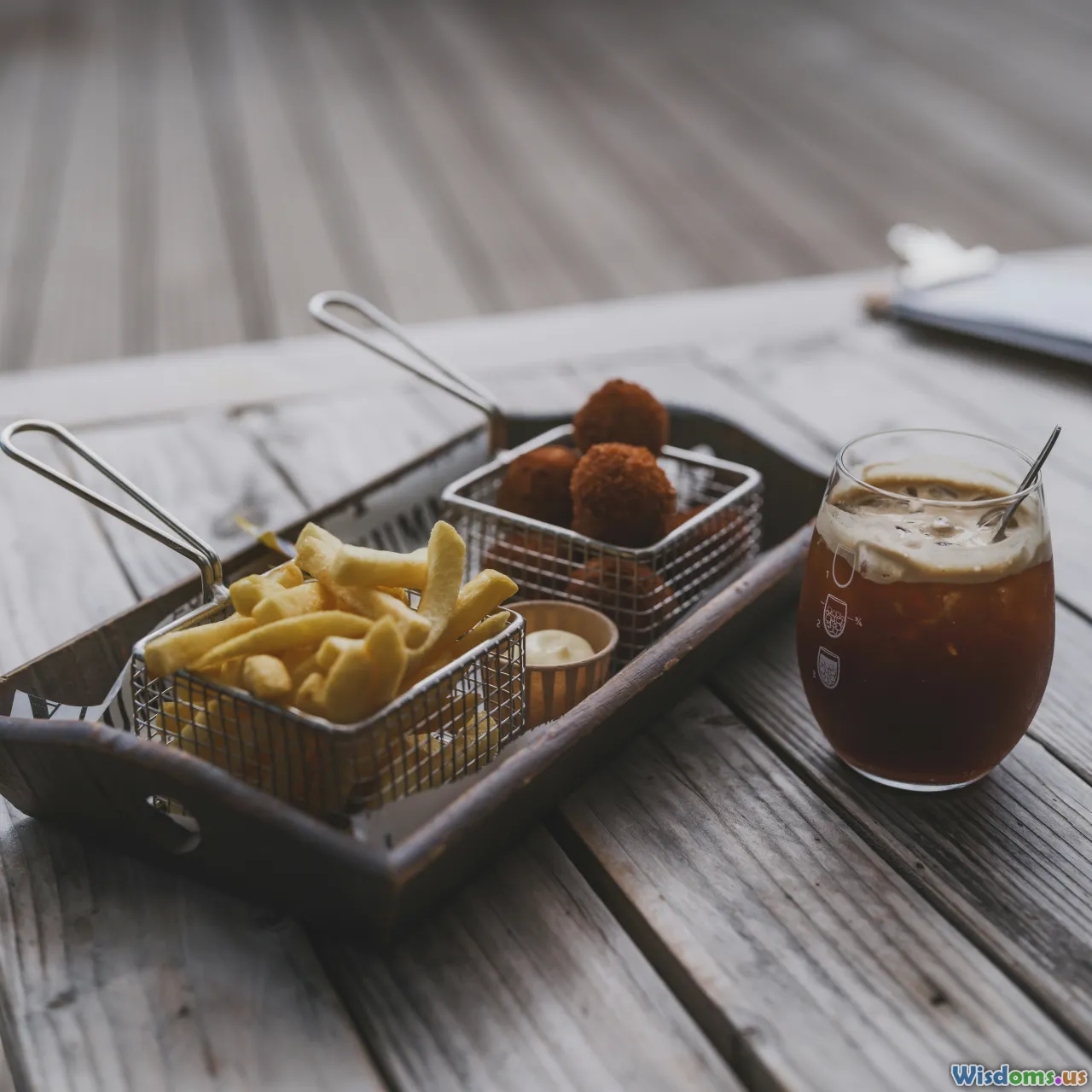
Uneven bowls are natural stylists. Use their curves to set the scene.
- Color pairings: Earthy stoneware with matte white interior makes greens and reds pop. Speckled beige glazes flatter golden foods—roast chicken, squash, polenta. Deep celadons make pale noodles glow.
- Layering: Place a smaller uneven bowl inside a larger uniform plate for contrast. The clean rim frames the organic bowl.
- Linens and wood: Linen napkins and open-grain boards echo the tactile quality. Avoid busy patterns that compete.
- Height and clusters: Use the higher rim side as a backdrop for vertical elements (herbs, tuile crisps). Cluster smaller uneven bowls for sides; their varied heights create lively rhythm.
- Light: Soft, directional light emphasizes glaze breaks. For photos, angle the bowl so the high rim catches light and the low well pools shadows under the food.
Meal-specific ideas:
- Weeknight chili: A wide, gently uneven bowl gathers beans and broth; tuck sour cream on the high rim where it softens slowly, drizzle oil along the curve for shine.
- Breakfast yogurt: Use a pinch-built bowl; the irregular rim makes a simple chia and fruit parfait look like a cafe plate.
- Dinner party risotto: Plate in a shallow uneven bowl. Swipe a spoon in a spiral, letting the low side hold olive oil and the high side display shaved Parmesan.
DIY: make your first uneven bowl
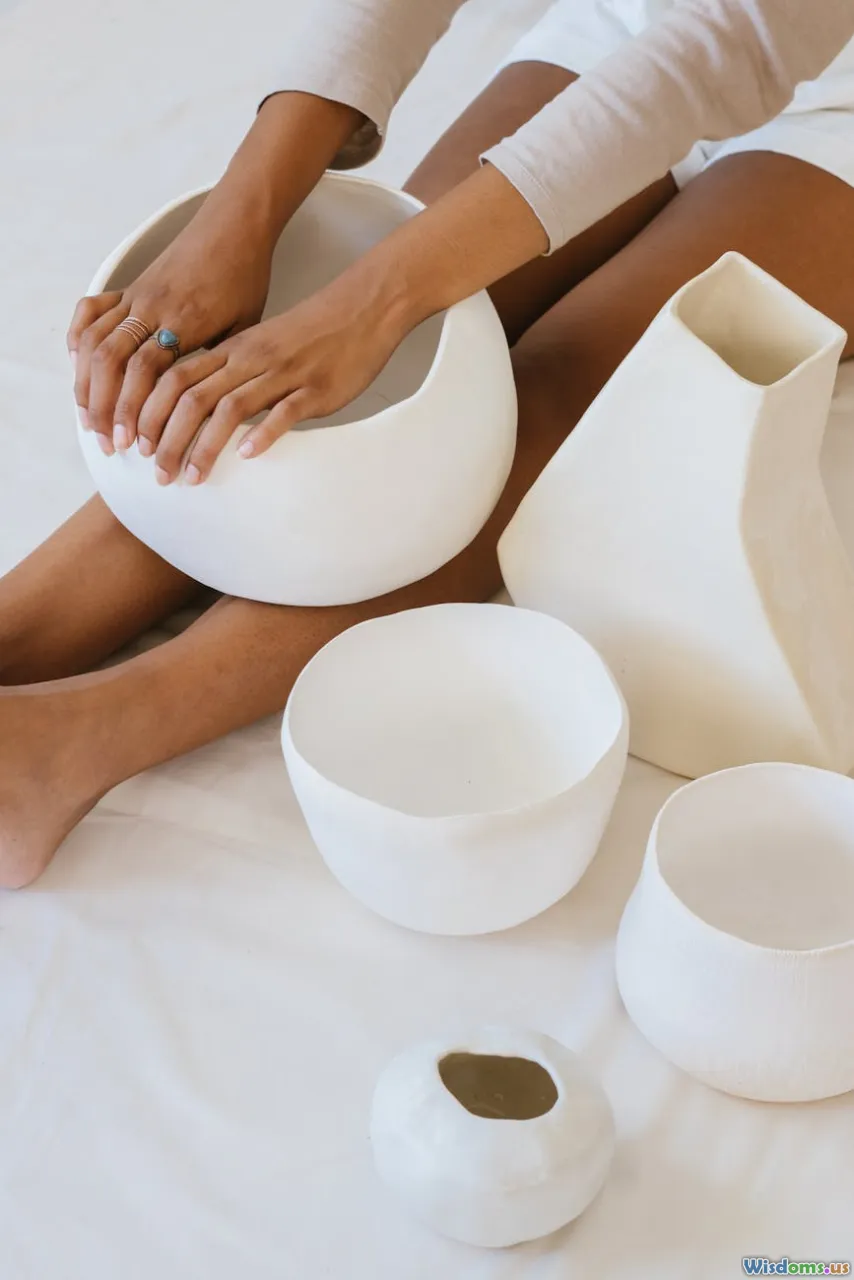
You do not need a wheel to make an uneven bowl that looks refined. The classic pinch-bowl method is perfect for beginners.
Tools and materials:
- Clay: Mid-fire stoneware with a touch of grog for stability.
- A small bowl of water, sponge, metal or wooden rib, needle tool, plastic for covering, and a smooth table surface.
Steps:
- Wedge: Knead a fist-sized ball of clay to remove air pockets and align particles. Aim for a smooth, crack-free surface.
- Start the pinch: Press your thumb into the center of the ball, leaving about a half-inch thickness at the bottom.
- Turn and pinch: Rotate the clay as you pinch the wall between thumb and fingers, working evenly upward. Intentionally leave one side slightly thicker and higher.
- Refine: Use a damp sponge lightly to smooth, then a rib to compress the walls, especially compressing the base to prevent S-cracks.
- Shape: Paddle gently with your palm to create a soft oval or a swelling on one side. Let the rim wave subtly.
- Foot ring: When leather hard, flip and carve a shallow foot ring with a loop tool. Uneven trimming creates a stance; keep it stable.
- Dry slowly: Cover loosely with plastic; uncover gradually over a couple days to avoid cracking.
- Bisque fire, glaze, glaze fire: If you have access to a studio, bisque (low fire to harden), glaze by dipping or pouring, then glaze fire to the recommended cone. If not, look for community studios that offer firing services.
Finishing tips:
- Glaze thickness: Let glaze run a bit at the low rim for pooled depth, but keep runs from the foot. Wipe the foot clean for a professional finish.
- Color choice: Use a transparent or semi-matte glaze to celebrate texture. Opaque gloss will flatten visual depth.
Common mistakes and how to avoid them
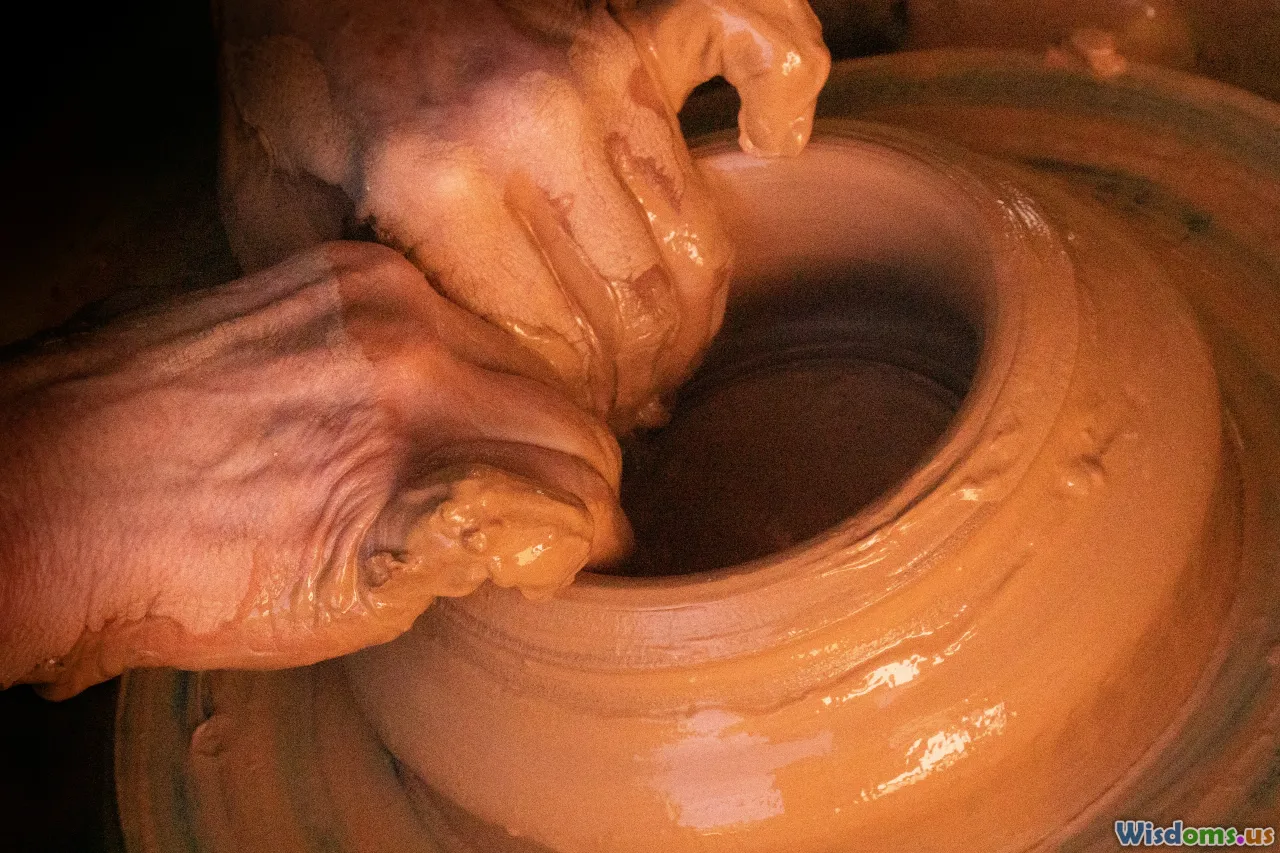
Uneven bowls magnify process errors, but most are preventable.
- Warping rims: Thin rims dry faster and warp. Keep consistent moisture by covering bowls evenly, rotating them as they firm up.
- S-cracks in the base: Caused by insufficient compression. Compress the bottom with a rib and avoid leaving the base too thick.
- Glaze crawling: Oils or dust on bisque ware can cause glaze to pull away in islands. Wipe bisque with a damp sponge before glazing and avoid overly thick application.
- Pinholes: Overfired or underfired glazes, or air escaping from the clay. Adjust firing schedule or hold at peak temperature as recommended by your glaze supplier.
- Heavy imbalance: If a bowl tips dangerously, shave the high side of the foot to correct the stance. The goal is character, not instability.
In the studio, the mantra is ‘intentional unevenness.’ Every wobble should have a purpose and be supported by sound structure.
Trend drivers you can see and feel
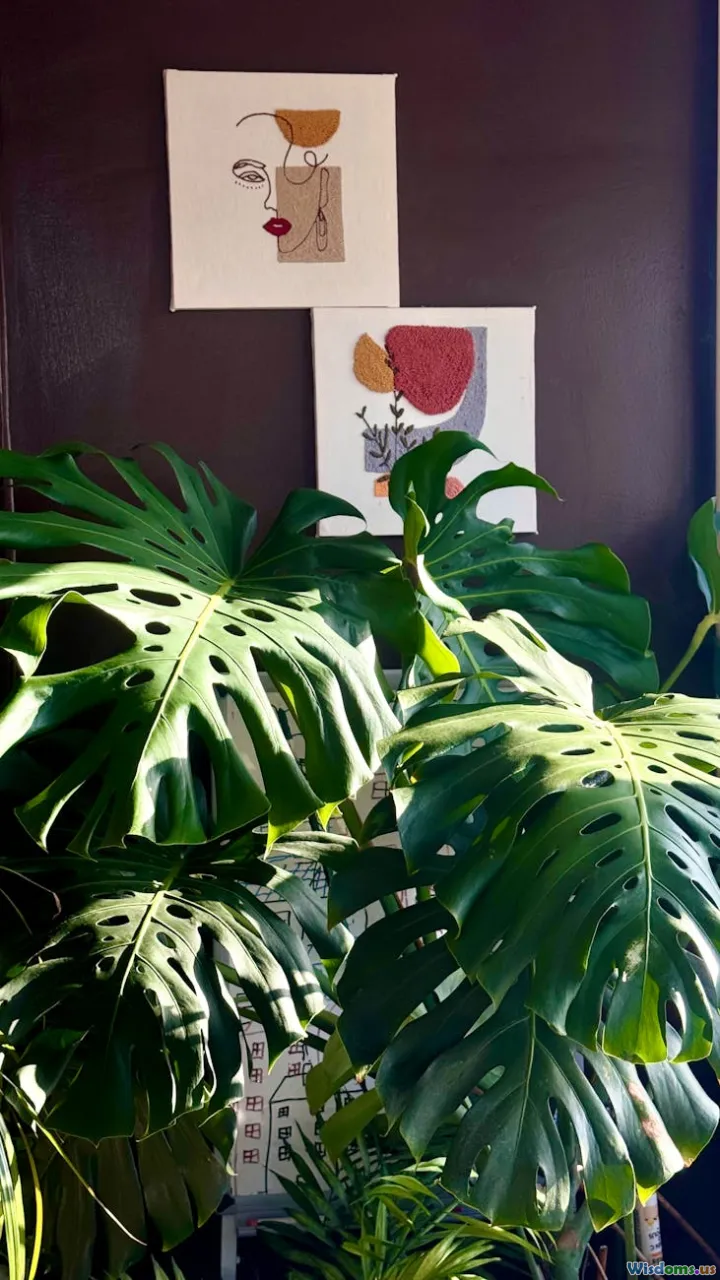
Why now, specifically, for uneven bowls?
- Tactile design: More people value multi-sensory interiors—nubby textiles, live-edge wood, handmade tiles. Bowls join this tactile chorus.
- Home cooking renaissance: Cooking at home more often has pushed people to invest in pieces that make meals special without extra labor.
- Social influence: Food photography loves asymmetry. The forms cast interesting shadows and look compelling on camera without filters.
- Maker culture: Studio tours, pottery classes, and maker markets give people direct access to the process and the makers behind their tableware.
The trend feels refreshing because it is not purely decorative. Uneven bowls shift daily rituals into small, pleasurable experiences.
Where uneven bowls excel by cuisine and dish
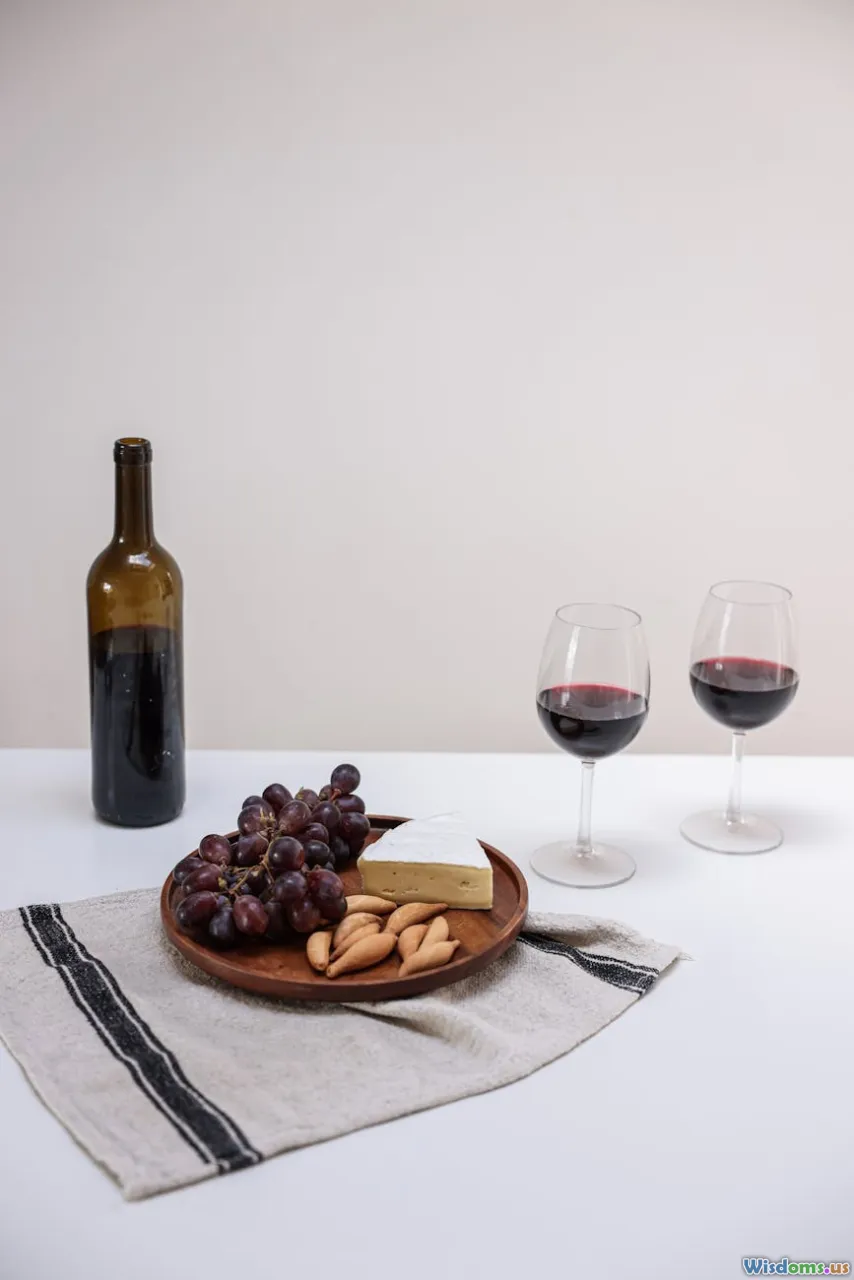
- Japanese: Donburi, miso soup, and soba—uneven bowls echo the wabi-sabi ethos of the meal itself.
- Korean: Kimchi jjigae and bibimbap benefit from deep wells and sturdy rims; the contrast of bright banchan in small uneven bowls delights.
- Mediterranean: Mezze spreads—hummus, olives, labneh—look generous in shallow, waved-edge bowls.
- Latin American: Pozole and hearty stews hold heat longer in thick-walled stoneware.
- Modern vegetarian: Grain-and-greens bowls look composed without strict partitioning.
Think in terms of serving verbs: pour, nest, scoop, scatter. Uneven bowls support all four gracefully.
Safety and performance: oven, freezer, and more

Ceramics vary in performance. General guidance for uneven bowls:
- Oven use: Only if the maker confirms. Many stoneware bowls are oven-safe when placed into a cold oven and brought up to temperature gradually. Avoid broiler-level heat unless specified.
- Freezer to oven: Do not. Thermal shock is a risk; let the piece come to room temperature first.
- Freezer storage: Fine for quick chill if the bowl is dry and not hot. Moisture inside clay can expand under extreme cold.
- Direct flame: Not suitable unless it is a flameware body (rare). Assume no direct flame.
Performance-wise, a well-fired stoneware bowl provides excellent heat retention for soups and stews, and its mass gives a feeling of security on the table.
Trend forecast: where it is going next
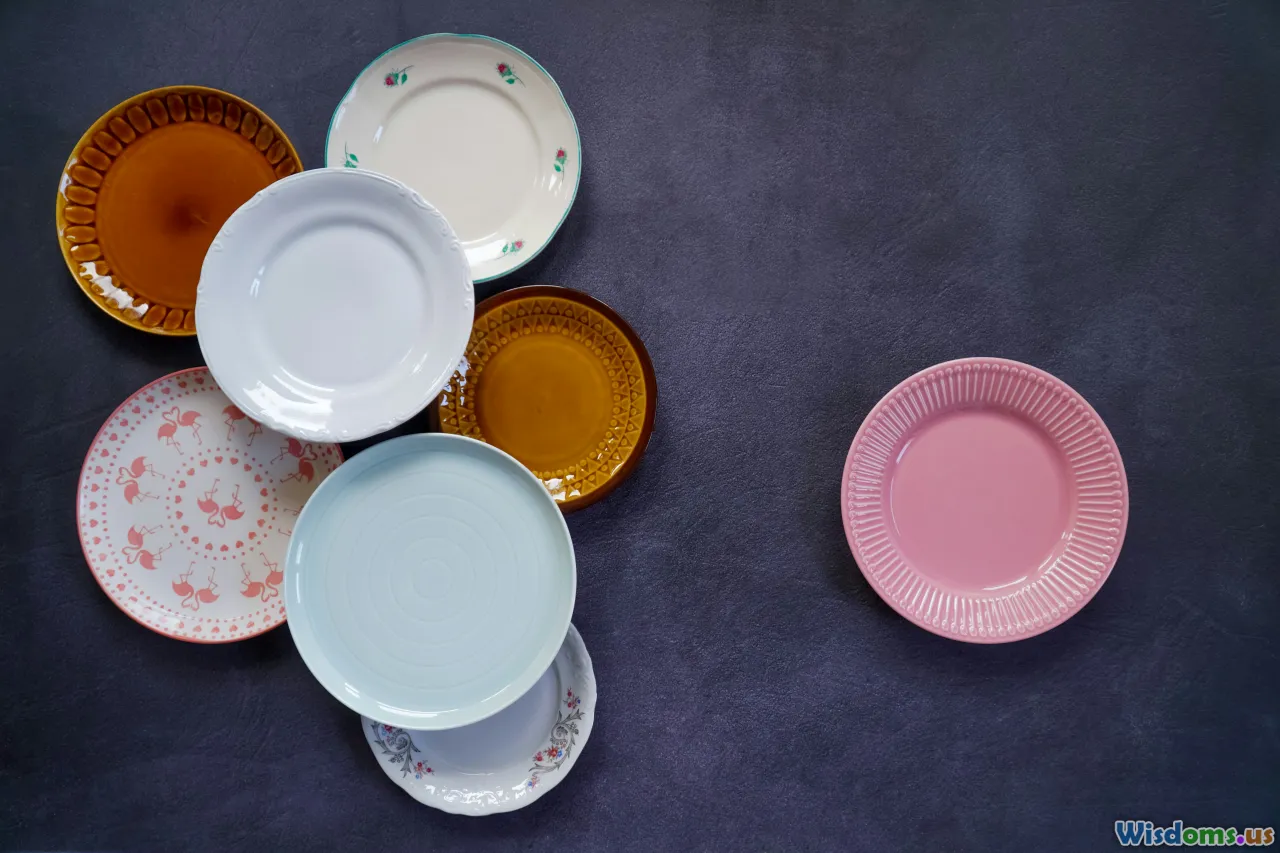
Looking ahead, expect uneven bowls to evolve, not recede.
- Softer palettes: Mushroom, oat, river clay, and sea-glass greens in satin-matte finishes.
- Micro-texture: Carved lines, finger-wiped slips, and hammered paddling marks that reward close inspection.
- Taller foot rings: A sculptural lift that makes bowls feel airborne while keeping contact minimal on the table.
- Combination sets: Makers offering families of bowls—mini pinch salt dishes, wide pasta forms, deep ramen vessels—that mix and match harmoniously.
- Responsible glazes: More transparency around materials, including labeling for dishwasher/microwave suitability and metal-mark resistance.
The trend aligns with bigger arcs in design: comfort, tactility, and the merge of functional objects with lived art.
Where to find quality pieces

If you are ready to add uneven bowls to your table, try these routes:
- Local pottery studios: Many host seasonal sales. You can handle the pieces, ask questions, and sometimes request custom sizes.
- Maker markets and craft fairs: Great for meeting multiple potters at once; you will see a range of styles and prices.
- Community kilns and classes: Student sales often yield affordable gems with tons of character.
- Online shops: Look for detailed photos—rim, foot, interior—and clear size specs. Favor makers who show the bowl in use to gauge scale.
- Restaurant supply pop-ups: Some small producers sell overrun or test pieces; check social media for announcements.
When shopping online, read the care notes. Makers who explain clay bodies and firing temperatures usually demonstrate professionalism and consistency.
A quick how-to for building a cohesive, uneven set
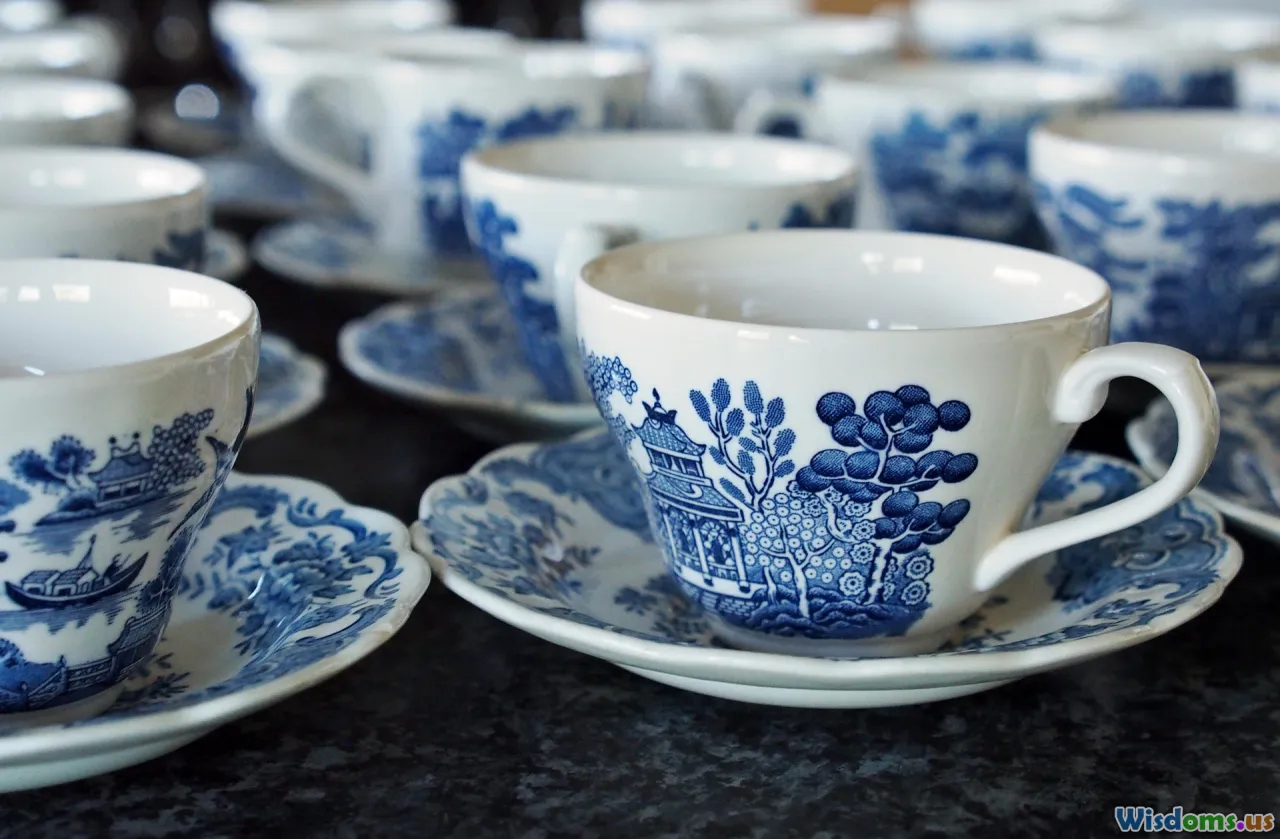
You do not need matching bowls to set a beautiful table; you need harmony.
- Choose a base theme: For example, speckled stoneware with warm white interiors.
- Pick three silhouettes: A deep soup bowl, a wide pasta/salad bowl, and a small condiment bowl.
- Repeat rhythms: Look for repeating elements—wavy rim, carved foot, thumb dent—across different bowls.
- Limit the palette: Two or three glaze colors that play well together; keep one neutral anchor.
- Mind scale: Ensure pieces nest reasonably and share similar footprints to fit your shelves.
This approach makes your table look curated rather than mismatched.
For makers: dialing in form without losing spirit
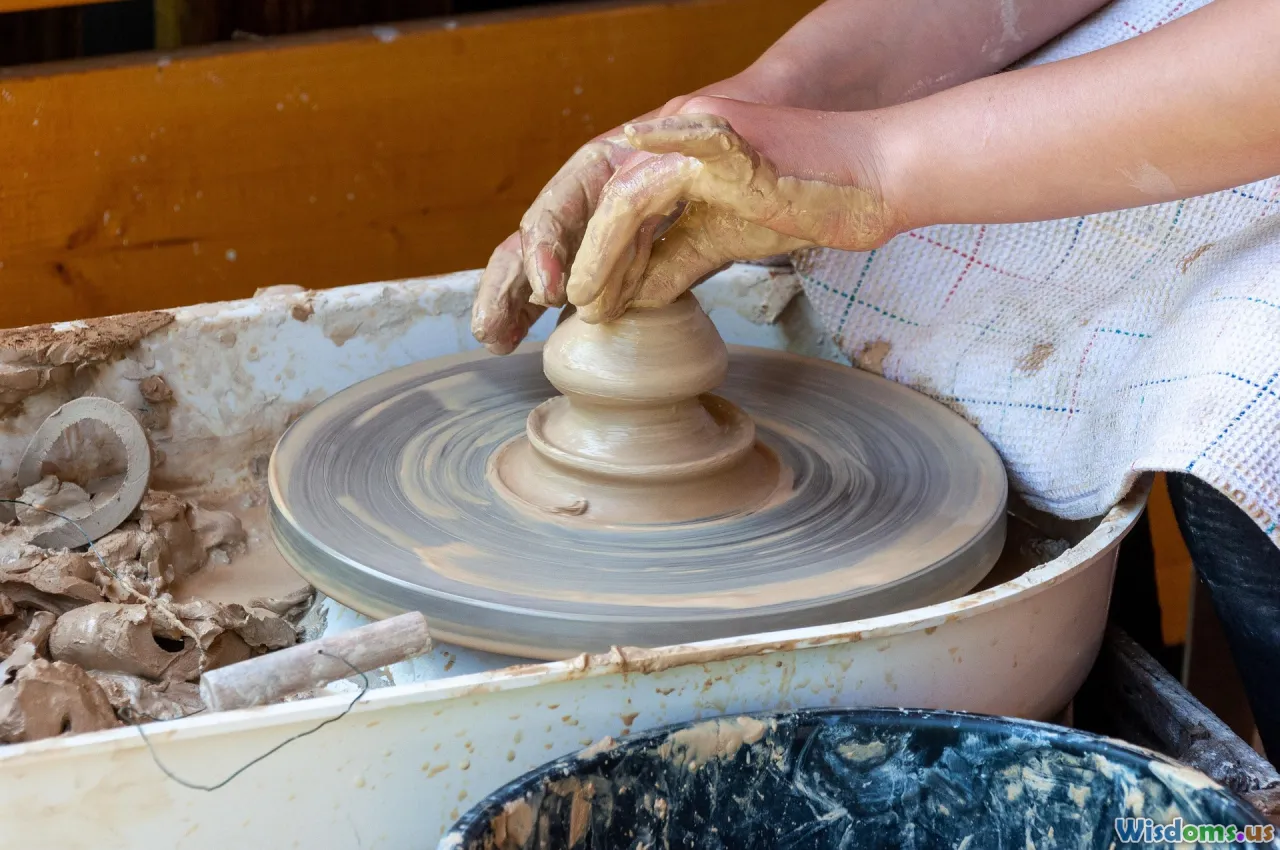
If you are a potter leaning into uneven forms, here is a process that preserves spontaneity while ensuring function:
- Establish a template range: Rather than one rigid template, create a dimensional range (height, width, wall variation) that defines the family. This keeps sets cohesive.
- Control the chaos: Introduce asymmetry at a specific stage—altering at leather-hard for larger bowls, post-throw torque for smaller bowls—to avoid random warping.
- Test glazes on peaks and valleys: Apply test tiles with carved waves. Glaze behavior on uneven surfaces can surprise; adjust thickness and firing holds.
- Trim for balance: View the bowl on a flat bat and mark wobble points. Adjust the foot with small, deliberate cuts.
- Standardize foot width: A consistent foot thickness improves stacking, even when rims vary.
Remember that end users care as much about comfort as they do about looks. Sand the foot, ease the rim, and test with a spoon.
The human factor: why uneven bowls feel like keepers

We keep what we connect to. Uneven bowls are the kind of objects that age with us well because they ask us to notice them. The high side you rest your thumb on; the small pool where soy sauce gathers; the way morning light skims the rim while you eat oatmeal—these details create micro-moments of pleasure. In a year that has many of us rethinking what we bring into our homes, uneven bowls hit a sweet spot of beauty, utility, and story.
As you build or refresh your tableware, try slipping in one uneven bowl. Use it for everything over a week—yogurt, soup, handheld snacks, that late-night scoop of ice cream. You will likely find yourself reaching for it again and again, not out of novelty, but because it is quietly, persistently better at making everyday meals feel like something you chose.
Rate the Post
User Reviews
Popular Posts














